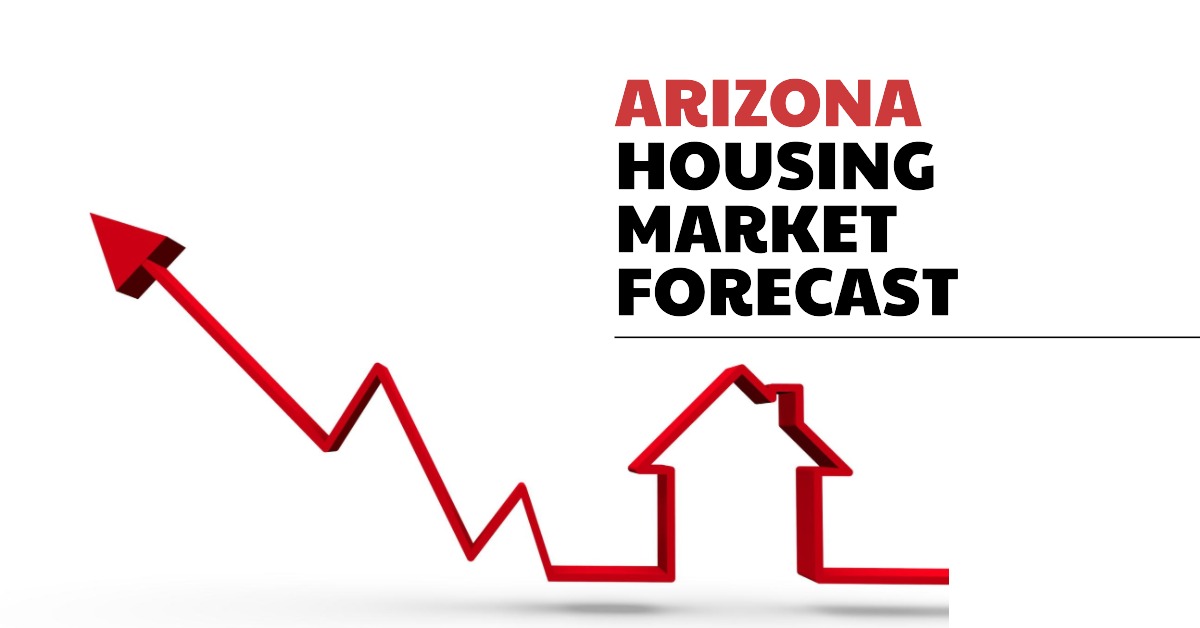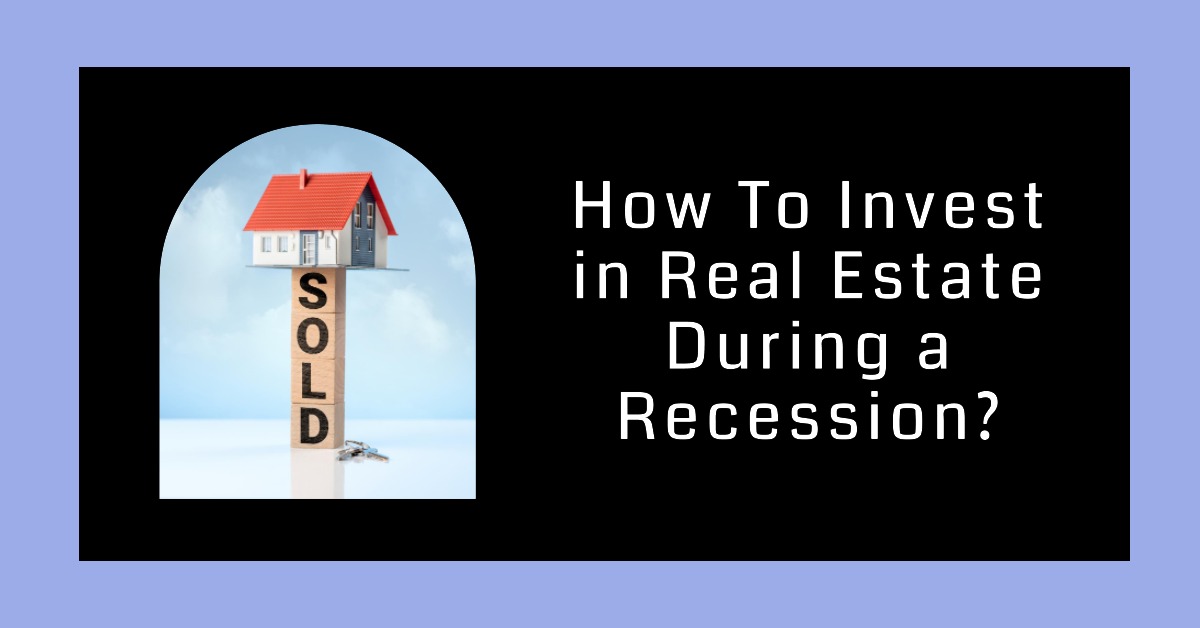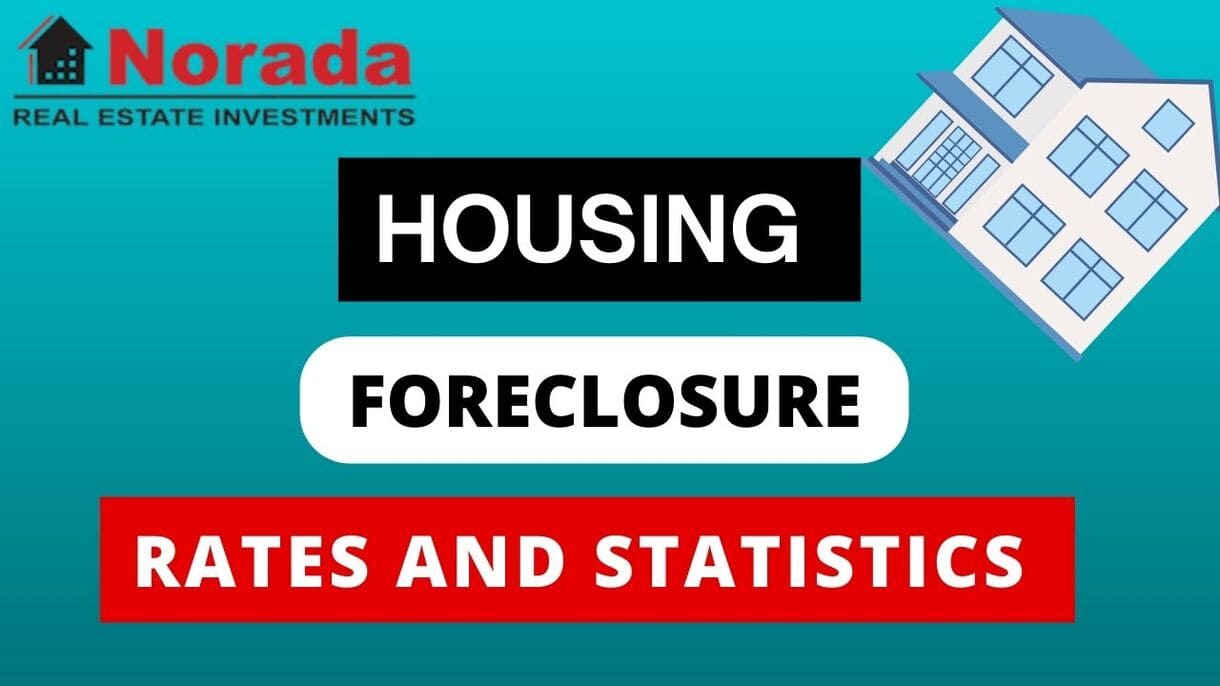If you're thinking about buying or selling a home in Arizona, you're probably wondering what's going on with the market. Simply put, the current Arizona housing market is experiencing a mixed bag. Home prices are slightly down compared to last year, but sales are up, and there are more homes on the market. Let's dive into the details so you can get a better understanding of what to expect.
Arizona Housing Market Trends: What's Happening Right Now?
Home Sales
One of the most interesting things happening is that home sales are actually up. According to recent data by Redfin, in June 2025, there were 8,787 homes sold in Arizona. That's a 4.3% increase compared to the same time last year.
Home sales are up +4.3% year-over-year!
Why is this happening? Well, even though interest rates are still relatively high (more on that later), it seems like people are still eager to buy homes in Arizona. Maybe they're attracted to the state's weather, job opportunities, or simply want a change of scenery. Whatever the reason, the increased sales indicate there's still solid demand in the Arizona real estate market.
Home Prices
Now, let's talk about home prices. The median sale price in Arizona in June 2025 was $444,500. That's a 1.3% decrease compared to last year.
Median home price in Arizona is $444,500!
Home prices are down -1.3% year-over-year!
This means that homes are slightly more affordable than they were a year ago. While a 1.3% decrease might not seem like a lot, it can make a difference for potential buyers, especially when combined with other market factors.
Are Home Prices Dropping in Arizona?
The slight dip in median home prices may have you wondering, “Are home prices dropping in Arizona?”. While the median price is down slightly, it’s more accurate to say prices are stabilizing. We are not seeing a drastic price crash. This small decrease suggests that the market is cooling off a bit, but it's not a dramatic plunge. It could also mean there are just more lower-priced homes being sold, bringing down the median.
Plus, it’s important to remember that real estate is very location-specific. While the overall state median might be down, certain areas are still seeing price increases. For example, some of the top metros in Arizona with the fastest growing sales prices are:
- Anthem, AZ (46.2%)
- New River, AZ (43.1%)
- Show Low, AZ (19.2%)
So, depending on where you're looking to buy, your experience might be different.
Housing Supply
One big change in the Arizona housing market is the increase in housing supply. In June 2025, there were 48,344 homes for sale in Arizona. That's a 24.7% increase compared to last year.
Number of homes for sale in Arizona is 48,344!
Housing supply is up +24.7% year-over-year!
This increase in inventory is a significant factor influencing the market. More homes on the market mean buyers have more options, which can lead to less competition and more negotiating power.
However, the number of newly listed homes is slightly down by 2.0% year-over-year, with only 9,850 newly listed homes. This suggests that while the overall inventory is up, fewer sellers are putting their homes on the market right now, which might be due to uncertainty about the market or the higher interest rates.
Is Arizona a Buyer's Housing Market?
So, with home prices slightly down and the number of homes for sale up, is it a buyer's or seller's market in Arizona? Right now, it's leaning more towards a balanced market. Buyers have more choices and a little more negotiating power, but demand is still there. It's not a complete free-for-all for buyers, and sellers still have a good chance of selling their homes, especially if they're priced competitively and in desirable locations.
To help determine this, we can look at “Months of Supply”, this represents how long it would take to sell all current homes on the market. This is at 4 months.
Months of supply is 4
Market Trends
Here's a quick rundown of some key market trends in the Arizona housing market:
- Homes are staying on the market longer: The median days on market is 62 days, which is up 10 days compared to last year. This means that homes are taking a bit longer to sell.
- Fewer homes are selling above list price: Only 14.1% of homes in Arizona sold above list price in June 2025, which is down 2.5 percentage points year-over-year. This indicates that bidding wars are becoming less common.
- More homes are having price drops: 32.9% of homes had price drops, which is up 2.8 percentage points year-over-year. This is another sign that the market is becoming more favorable for buyers.
- Sale-to-list price is slightly down: The sale-to-list price ratio is 97.9%, which is down 0.3 percentage points year-over-year. This means that homes are selling for slightly less than their original list price.
Here is a table summarizing the market trends in Arizona:
| Market Trend | Data (June 2025) | Year-over-Year Change |
|---|---|---|
| Median Sale Price | $444,500 | -1.3% |
| Number of Homes Sold | 8,787 | +4.3% |
| Number of Homes for Sale | 48,344 | +24.7% |
| Newly Listed Homes | 9,850 | -2.0% |
| Median Days on Market | 62 | +10 days |
| Homes Sold Above List Price | 14.1% | -2.5 points |
| Homes with Price Drops | 32.9% | +2.8 points |
| Sale-to-List Price Ratio | 97.9% | -0.3 points |
Impact of High Mortgage Rates
Of course, we can't talk about the housing market without mentioning mortgage rates. High mortgage rates are one of the biggest factors influencing the market right now. Currently, U.S. weekly averages as of 07/31/2025, the average 30-year fixed mortgage rate is around 6.72% and 15-Yr FRM is about 5.85%, according to Primary Mortgage Market Survey® by Freddie Mac.
These rates can significantly impact affordability, making it more expensive for people to buy homes. High rates can also discourage people from selling because they don't want to give up their existing low-interest mortgage.
However, there's some good news on the horizon. According to various forecasts, the 30-year FRM rate will end 2025 between 6.0 to 6.5 percent. This could provide some relief to buyers and potentially stimulate the market a bit.
Migration Trends
Another interesting trend to consider is migration. Arizona has been a popular destination for people moving from other states, especially from California. According to recent data, Phoenix, AZ is the second most popular destination for people moving from other metro areas, with a net inflow of 6,300 between May '25 and Jul '25. This influx of people can contribute to demand for housing, which can impact prices and inventory.
Here is a table summarizing the migration trends:
| Rank | Metro Area | Net Inflow (May '25 – Jul '25) |
|---|---|---|
| 1 | Sacramento, CA | 10,400 |
| 2 | Phoenix, AZ | 6,300 |
| 3 | Salisbury, MD | 5,000 |
| 4 | Cape Coral, FL | 4,900 |
| 5 | Sarasota, FL | 4,900 |
The Bottom Line – The current Arizona housing market is a bit of a mixed bag. Home prices are slightly down, but sales are up. There are more homes on the market, giving buyers more options. High mortgage rates are still a factor, but forecasts suggest they might come down a bit by the end of the year.
Arizona Housing Market Forecast 2025-2026: Will The Desert Bloom or Bust?
You're probably wondering what's going to happen with prices. Simply put, the Arizona housing market forecast suggests a slight cooling over the next year. While the market won't crash, don't expect prices to skyrocket either. So, let's dig into the details and see what the future might hold for Arizona real estate.
First, let's take a quick look at where we stand right now. According to recent data, the average home value in Arizona is around $430,710. That's down about 2.7% compared to last year. So, prices have already started to come down a bit.
Here are some of the factors influencing the dip
- Mortgage Rates: Higher interest rates have made buying a home less affordable, so demand has cooled off a little.
- Inventory: We're starting to see a slight increase in the number of homes for sale, giving buyers more choices and reducing bidding wars.
- Overall Economy: Economic uncertainty at the national level always tends to impact local housing markets.
What The Experts Are Saying
Zillow, one of the leaders of providing housing data, has provided some interesting insights on where home values are headed. Here's a simplified version of their projections for key Arizona metro areas:
| Region | July 2025 Price Change | September 2025 Price Change | June 2026 Price Change (1-Year) |
|---|---|---|---|
| Phoenix, AZ | -0.5% | -1.5% | -1.7% |
| Tucson, AZ | -0.4% | -1% | -1% |
| Lake Havasu City, AZ | -0.3% | -1.3% | -1.7% |
| Yuma, AZ | -0.1% | -0.3% | 1.2% |
| Flagstaff, AZ | -0.2% | -0.7% | 1% |
| Sierra Vista, AZ | -0.3% | -1.3% | -2.4% |
| Show Low, AZ | -0.2% | -1.2% | 0% |
| Payson, AZ | -0.5% | -1.4% | -0.8% |
| Nogales, AZ | -0.2% | -0.9% | -0.2% |
| Safford, AZ | 0.1% | -0.7% | -1.3% |
As you can see, most areas are expected to see slight price decreases in the short term within a year's time. Yuma, and Flagstaff on the other hand, may see a small increase. However, the changes are relatively minor, suggesting more of a gentle correction than a major crash.
Note: These are just predictions, and the actual market can be affected by many unexpected events.
National Trends Also Influence Our State
It's important to remember that what happens nationally affects us locally. Lawrence Yun, Chief Economist for the National Association of Realtors (NAR), thinks things are looking up for the overall U.S. housing market. Here’s what he predicts:
- Existing Home Sales: Up 6% in 2025, up 11% in 2026.
- New Home Sales: Up 10% in 2025, up 5% in 2026.
- Median Home Prices: Up 3% in 2025, up 4% in 2026.
- Mortgage Rates: Around 6.4% in the second half of 2025, dipping to 6.1% in 2026.
If mortgage rates do come down as expected, that could give the Arizona housing market a boost, even if it doesn't completely reverse the predicted price corrections above.
Will Arizona Housing Prices Crash?
Honestly, a major crash seems unlikely right now. While prices might dip slightly, most experts are predicting a more stable market going forward. A true crash would require a significant economic downturn or a massive oversupply of homes, and neither of those things seems likely right now.
What About 2026?
Looking further ahead to 2026, it's tough to say for sure. If the national trends continue as Yun forecasts, we could see a more balanced market with modest price increases. However, local factors will still play a big role. Things to keep an eye on include:
- Job Growth in Arizona: More jobs mean more people moving to the state, which would drive up demand for housing.
- New Construction: The amount of new homes being built will affect the supply of available houses.
- Migration Patterns: Are people still moving to Arizona from other states? This is a major factor in demand.
My Thoughts and Conclusions
As a local who watches these trends closely, here's my take: I think the Arizona housing market is going through a correction, not a collapse. Prices might soften a bit in the short term, but strong demand and a relatively healthy economy should prevent a major downturn.
If you're a buyer, this could be a good time to start looking for a home. You might have more negotiating power and less competition. If you're a seller, be prepared to be realistic about your pricing and don't expect the bidding wars we saw a couple of years ago.
Recommended Read:
- Phoenix Housing Market: Trends and Forecast 2025-2026
- 12 Best Places to Live in Arizona
- When Will the Housing Market Crash in Arizona?
- Arizona's Housing Crisis: Young Adults Struggling to Find Home
- Scottsdale Housing Market: Trends and Forecast
- Tucson Housing Market Trends and Forecast
- Top 10 Priciest States to Buy a House by 2030: Expert Predictions
- 10 Best Real Estate Markets for Investors in 2025





